Champagne, the Symbol of living the High Life
Pop. Fizz. Clink.
Champagne is synonymous with Elegance, Celebration, and Luxury!
Champagne has been loved throughout by everyone from Winston Churchill to James Bond. Marilyn Monroe once took a bath in Champagne. CHAMPAGNE ….. the symbol of Living the High Life. Despite having Bubbly characteristics, how Champagne differs from Sparkling Wine?
Probably you never can plan an elegant dinner party, without a bright and festive sparkling wine. But to make your celebration more meaningful, Champagne should be on the list of your preferred drinks.
How Champagne differs from Sparkling Wine?
Sparkling wine in broader terms is an umbrella, and champagne is included under that umbrella. Therefore, we can say, all champagnes are sparkling wines, though they are only one of many sparkling wines. For example, Prosecco, Crémant, and Cava are also types of sparkling wines.
But true Champagne comes from the Champagne region of France only. This is located about 100 miles (150 km) east of Paris. All other sparkling wines made outside of this region, are labeled differently. Like Prosecco from Italy, Crémant from neighboring regions in France, and Cava from Spain.
Why Champagne is so Expensive among other Sparkling Wines?
The Complexities, Cumbersome Process, and various Quality Control measures, adhered to in the production of Exotic and Luxurious Champagne make it more expensive than any other Sparkling Wine. In comparison to others, Champagne requires more time to produce.
The climate in Champagne Regions
The harsh climate of the Champagne region causes the winemaking process to be even more difficult than normal. Champagne is primarily made of a combination of the black grapes Pinot Noir, Pinot Meunier, and the white grapes Chardonnay. However, there are some exceptions. Like, “Blanc de Blancs” is a champagne made of purely white grapes i.e., Chardonnay and Pinot Blanc, which means “white of whites” and “Blanc de Noirs” champagne is made of exclusively black pinot noir grapes, “white of blacks”.
Whatever grapes might be, one thing is common, all grapes must be of premium quality and fully ripened. For that adequate sun, heat, and water is required during the growing season. Also, enough cold during the dormancy phase is crucial for the healthy growth of vines. Long warm summers and rainy winters are the best climates for Grapevines to thrive.
Climatic Temperature
Warm weather during the growing season enables grapevine to flower, fruit set, and ripen. On average, in temperatures above 10°C (50°F) during the growing period grapes rip properly. During the growing season, the mean July temperature remains 18 °C (66 °F), ideal for flower, and fruit sets. But the high latitude and mean annual temperature of below 10 °C (50 °F) of the Champagne Region during the cold season make a difficult environment for grapes to fully ripen. Therefore, special skill, care, and effort are required to get the fruits to ripen properly. But, these cool temperatures serve to produce high levels of acidity in the resulting grape which is ideal for sparkling wine.
Rainfall
The average annual rainfall in this region is 630 mm (25 inches), with 45 mm (1.8 inches) falling during the harvest month of September. Hence, extra care requires to protect the Grapevines from any hazards of fungal diseases and early spring frost.

The Magic of Champagne Chalk
The soil condition in this region somehow largely mitigates the climatic challenges. The subsoil in Champagne is predominantly limestone. The outcrops are sedimentary rocks (75% limestone), composed of chalk, marl, and limestone proper. Ancient oceans from Champagne receded 70 million years ago leaving behind the chalk subsoil deposits in the region. Geologists confirm that further, the massive earthquake in the region over 10 million years ago has moved the marine sediments of belemnite fossils up to the surface. This belemnite in the soil allows it to absorb heat from the sun and gradually release it during the night. Being highly porous, it also acts as a reservoir to store around 300-400 liters of water per m3. This provides a steady supply of water to the grapevines even in the driest summers, to achieve that delicate balance of ripeness, acidity, and berry aroma potential.
This soil also imparts that particular mineral flavor to the lightness and finesse in certain Champagnes as its special characteristic. The chalk also helps the construction of underground cellars that can keep the wines cool through the bottle maturation process.
Methods to produce Sparkling Wine
Almost every variety of sparkling wines is made using one of these three different methods:
- Méthode Champenoise / Méthode Traditionelle: This is the slowest and most costly way to make Champagne, and every single bottle of sparkling wine labeled as Champagne follows this way only. Outside of Champagne, winemakers legally need to use a different name to refer to the same production process. Like French sparkling wines labeled Crémant, Spanish Cava, Germany Klassische Flaschengärung, South Africa Methode Cap Classique, and Italian Franciacorta.
- Transfer Method: This method is very similar to the Méthode Traditionelle, but the final production stages are carried out in a tank, as opposed to in bottles.
- Charmat Process / Metodo Italiano or Martinotti: This process was invented in Italy. Under this method, secondary fermentation takes place in stainless steel tanks. The popular Italian sparkling wines, Prosecco and Asti, lend themselves to this approach.
In all aforesaid processes, Wines produce carbon dioxide naturally. However, few winemakers manufacture extremely cheap sparkling wines by forcibly injecting carbon dioxide artificially inside the bottle, as if you are bottling soda. This is known as the Gas Injection process. This process in no way is the authentic way of making Sparkling Wines, hence it is better to keep it separate from the list of aforementioned methods.
Méthode champenoise and Méthode traditionelle
Authentic Champagne is produced in the Champagne region under the traditional method and is labeled as “méthode champenoise”. However, wines from all over the world even are produced in the same way and instead are labeled as Sparkling wine, produced via the méthode traditionnelle. This is the most rigorous process that takes time to get the final product. This method was awarded a UNESCO heritage in 2015 and is considered the most appreciated method of production in terms of quality. The most important factor of the method is that the transformation from a still to a sparkling wine occurs entirely in the same bottle which reaches our home. Though, making Champagne starts the same as still winemaking, from harvesting to primary fermentation level.
Harvesting
The Red/Black Grapes, primarily the Pinot Noir, Meunier, and White Grapes Chardonnay, once they reach their optimum ripeness and balance between sugar and acidity levels are harvested by hand in a small bucket to avoid being crushed before pressing.

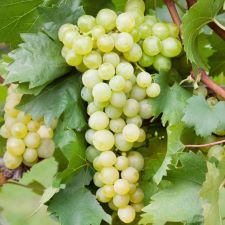
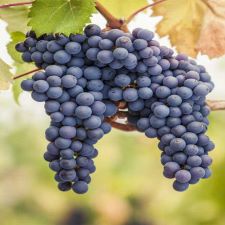
Crushing and Pressing: Vin de Cuvee and Vin de Taille
After harvesting grapes are crushed into the Must which is a fresh grape juice containing seeds, solids, and skins of the grapes. Grape Juices are extracted from the Must quickly by pressing it without giving any maceration time to prevent tannins and color from leaching into the wine. However, presently the crushing and pressing are done simultaneously mechanically through machines. There are Champagne appellation Laws that regulate this pressing process. Under this law, the producers can extract a total of 2,550 liters of juice from every 4,000 kgs of grapes. The first 2,050 liters of juice extracted is known as “vin de Cuvee”, and the remaining 500 liters are called “vin de Taille”. The Vin de Cuvee is the premium juice and is reserved for a Champagne house’s best wines.
Primary Fermentation
Now the time comes for primary fermentation. The fermentation of grape juices is done in a Steel/Oak tank. In fermentation, the yeast breaks down sugars present in the grape juices into alcohol and carbon dioxide. The carbon dioxide escapes into the air and whatever remains left is the fermented beverage. The complete primary fermentation process may take about a week to a month or even more to convert sugars into alcohol.
Process of Clarification, Vin Claire
After fermentation, the process of clarification begins. In this process, any tannins, proteins, and dead yeasts are removed from the wine and we get a clear still wine, called Vin Claire. Up to this point, the making of Champagne is quite similar to the winemaking process.
Assemblage or Blending for Cuvée
Next is the Assemblage or Blending. Champagne is essentially a blend of basic still wines, called Cuvée. More or less it’s the blend of different Vintages, Grape Varieties, Regions / Villages, and even different techniques. The blended Cuvée is then bottled in thick glass bottles and Liqueur de Tirage is added to it. Liqueur de Tirage is a mixture of Sugar, Yeast, and Yeast nutrients. These bottles are then sealed with a crown cap which is similar to that of Beer.
Bottles are stored or aged horizontally in a cool cellar at around 55 – 600F where the Second Fermentation starts. This is where the wine gains its signature effervescence so the bubbly character. The second fermentation happens in the bottle where the Yeast starts to transform the added Sugars into alcohol and carbon dioxide. Since bottles are sealed hence the side products, carbon dioxide is nowhere to escape allowing it to slowly incorporate into the wine and create bubbles. This is the natural way of making bubbles in wines.
It is a popular belief that the Lower the temperature, the Slower the process that’s leading to more delicate and tinier bubbles.
Ageing…. Yeast Autolyses
The Second fermentation usually takes 6 to 8 weeks. But your Champagne is not done yet. You need to Age your wine. Someone has quoted “When Yeast has consumed all the Sugars available to it, It (the Yeast) as every self-respecting Living organism dies and starts to decompose itself”. After the Second fermentation, the yeast dies to form Lees, called Yeast Autolyses. Lees are the deposits of dead or residual yeast and other particles/sediments that precipitate. Over time, these Lees will impart bready and toasty characteristics to the Champagne. The process is so important that it is controlled by the minimum aging requirement for the Champagne which is 15 months for non-Vintage and 36 months for Vintage Champagne. The champagne bottles are kept horizontally while ageing.
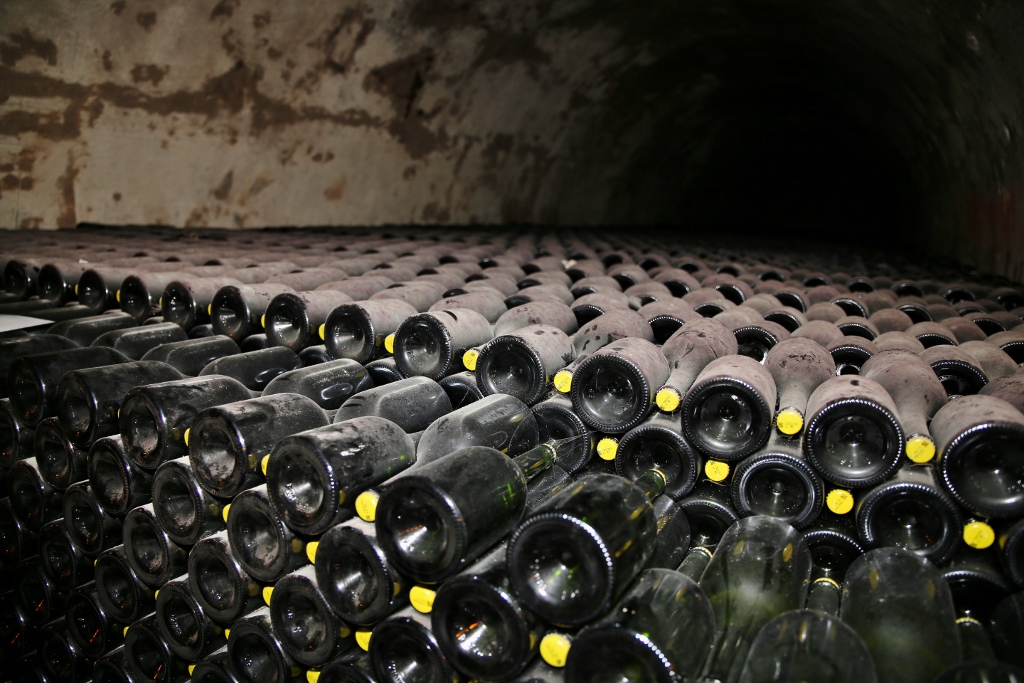
Remuage or Riddling
Every bottle of Champagne has undergone the second fermentation in the same bottle you and I have at home. That means the yeasty sediments remain in the same bottle and the Champagne is cloudy. But whatever Champagne reaches our home is clear and bright. Therefore, now we need to remove these sediments or Lees from the bottles via remuage, or riddling process. When the winemaker finds it an appropriate condition to get rid of the lees, they place the bottles on riddling rack called “pupitre” with the neck angled downward, and the Champagnes are slowly rotated upside down. While doing this, bottles are slowly turned by 1/4th or 1/8th every day and again for about 2 to 4 weeks or even more and gradually shifted to a vertical position. This accumulates Lees to the bottom of the neck.
Disgorgement and Dosage …. Liqueur d’expedition
Once the lees reach the top of the neck, the bottlenecks are cooled to freeze the collection of lees and some wine around the neck. The temporary crown cap is removed, and the gaseous pressure inside the bottle shoots the frozen block out through a process called disgorgement leaving behind the clear Champagne. During the disgorgement, we lose some carbon dioxide and wine too. So, to restore the level of wine and carbonation the winemakers add a dosage of liqueur also called “liqueur d’expedition”. This dosage consists of the refrigerated reserve wine (White Wine and Brandy) combined with a level of Sugar that varies depending on the type of Champagne.
Depending upon the amount of sugar level added during the process of dosage, Champagnes are of 7 types.
- Doux: minimum 50 g/L
- Demi-sec: 33-50 g/L
- Sec: 17-35 g/L
- Extra Sec/ Extra Dry: 12-20 g/L
- Brut: 0-12 g/L
- Extra Brut: 0-6 g/L
- Brut Nature/Zero: 0-3 g/L
g/L = Gram Sugar per Litre of wine
Recorking Champagne Bottles
After refilling or dosage, the Champagne bottle is corked, called Recorking, and wired down to secure high internal pressure due to carbon dioxide in the Champagne. The Champagnes are then left to settle for a few months before being ready for sale. The winemakers are free to decide the settling period to age their Champagne.
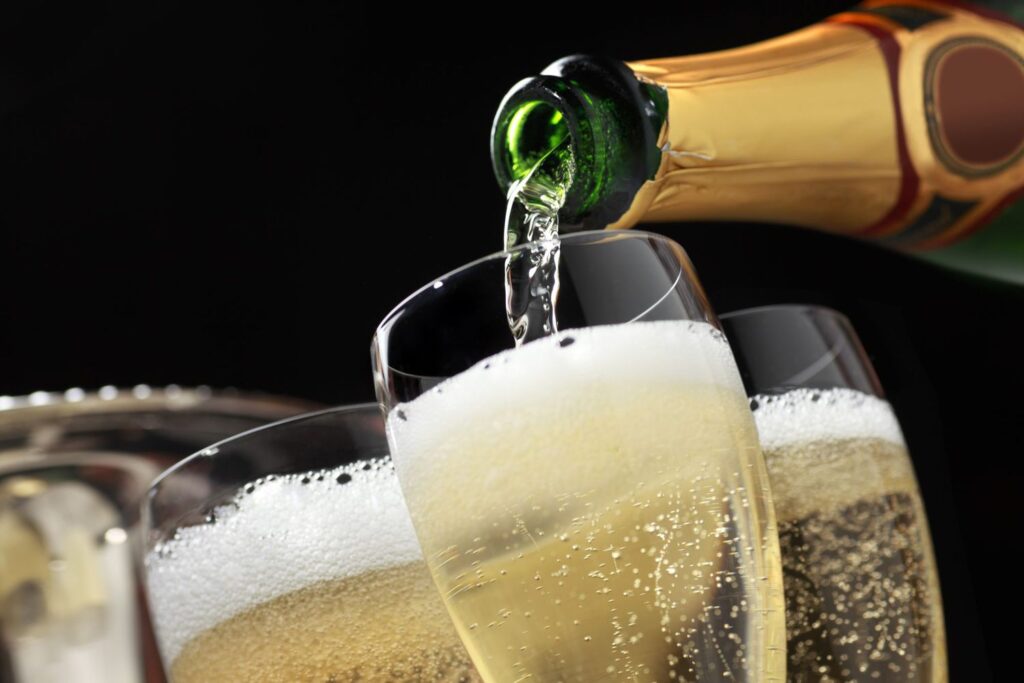
The Methods used in Sparkling Wines are much more Less Complicated
Other sparklers undergo much fewer complex processes. Take Prosecco, for example. In this case, we use the Charmat (Tank) method. The second fermentation of wine is done in pressurized stainless-steel tanks by adding yeast, sugars, and yeast nutrients. Thereafter the wine is cooled to stop fermentation and filtered under pressure into another tank. This filtration process removes yeast cells called lees. Then sugar, called dosage is added as per characteristics of the sparkling wine to be manufactured and finally, is bottled under pressure in individual bottles for ready to consume.
Not only the other method is a less expensive way to produce sparkles, but also requires significantly less time to consume as well. That way the major difference between Champagne and Sparkling Wine is the methods used for its production.
UNESCO Heritage Status to the Champagne, crème de la crème.
Unesco granted the Champagne industry in France world heritage status. Their cultural body says French ‘hillsides, houses and cellars’ producing and selling champagne are significant enough to merit award. Unesco said the champagne world heritage status covered “the places’ sparkling wine was developed using a second fermentation method in the bottle from the beginning of the 17th century until its early industrialization in the 19th century”.
Surprisingly, this relatively small area, a little over twice the size of San Francisco, produces the world’s entire stock of authentic Champagne about 322 million bottles every year. Since 1950 Champagne sales have grown drastically, but its future depends on the protection of the region’s unique climate.
Anyway, due to such ELEGANT and LUXURIOUS beverages, the Champagne region of France is one of the most luxurious regions of the World. Truly CHAMPAGNE is the symbol of Living the High Life, crème de la crème.

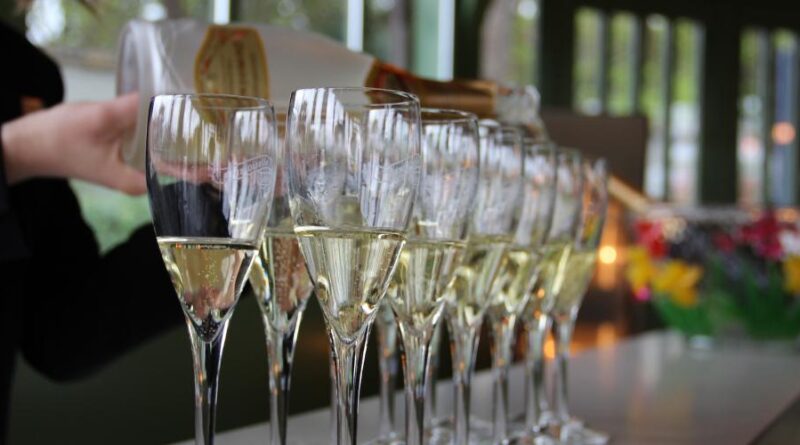

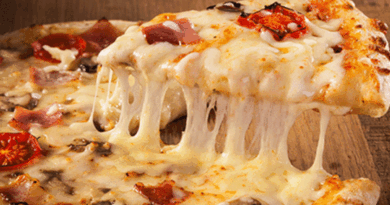
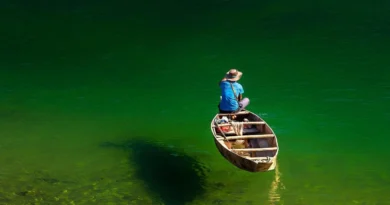
I don’t think the title of your article matches the content lol. Just kidding, mainly because I had some doubts after reading the article.
Thanks for sharing. I read many of your blog posts, cool, your blog is very good.
Thank you for your sharing. I am worried that I lack creative ideas. It is your article that makes me full of hope. Thank you. But, I have a question, can you help me?